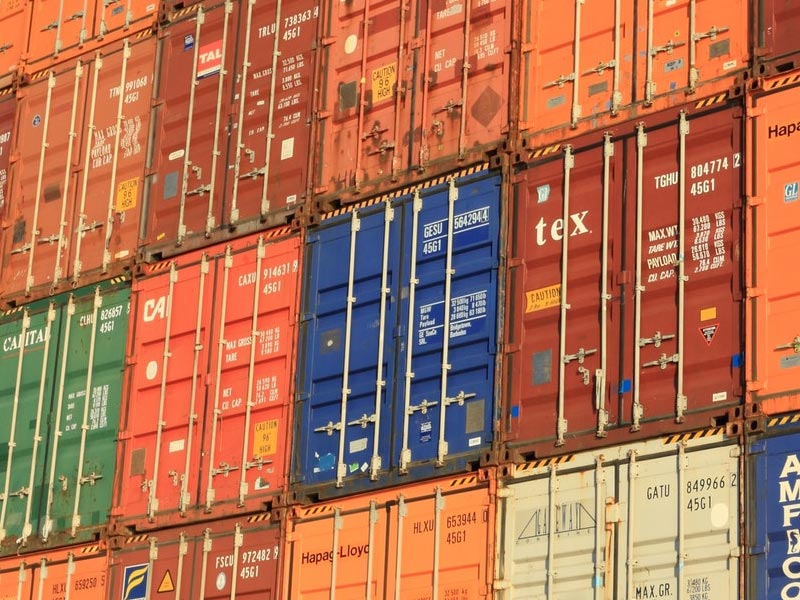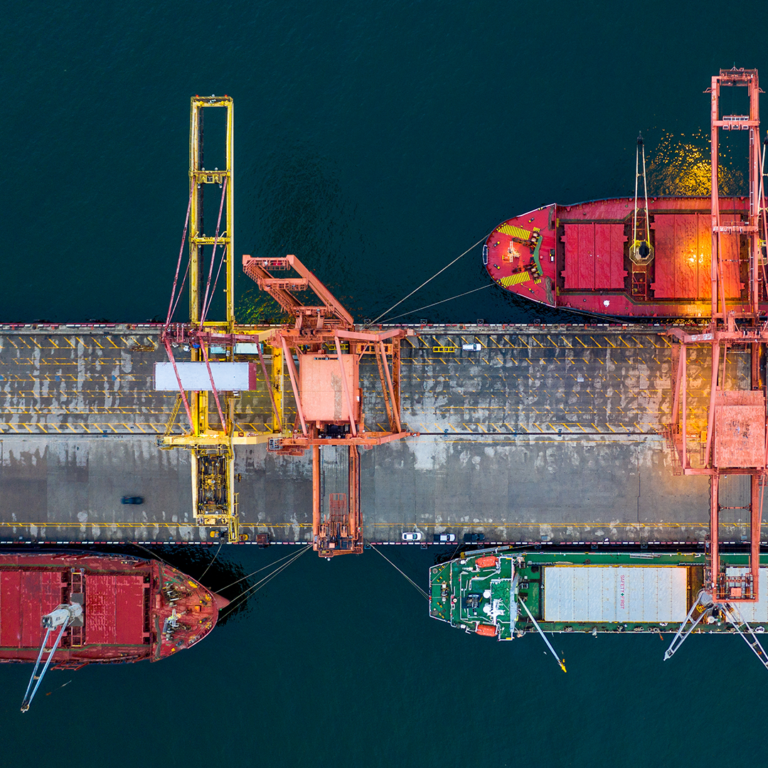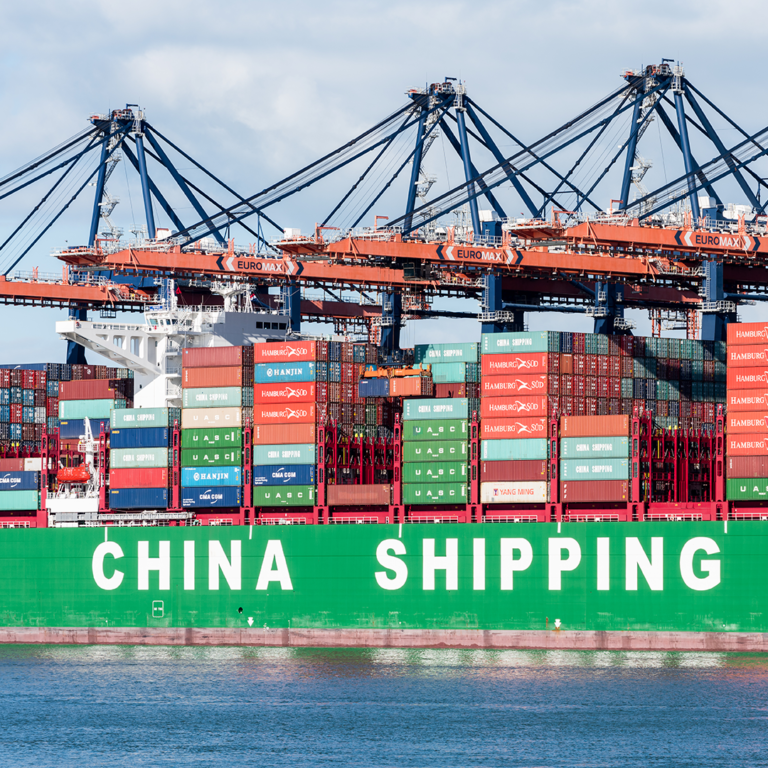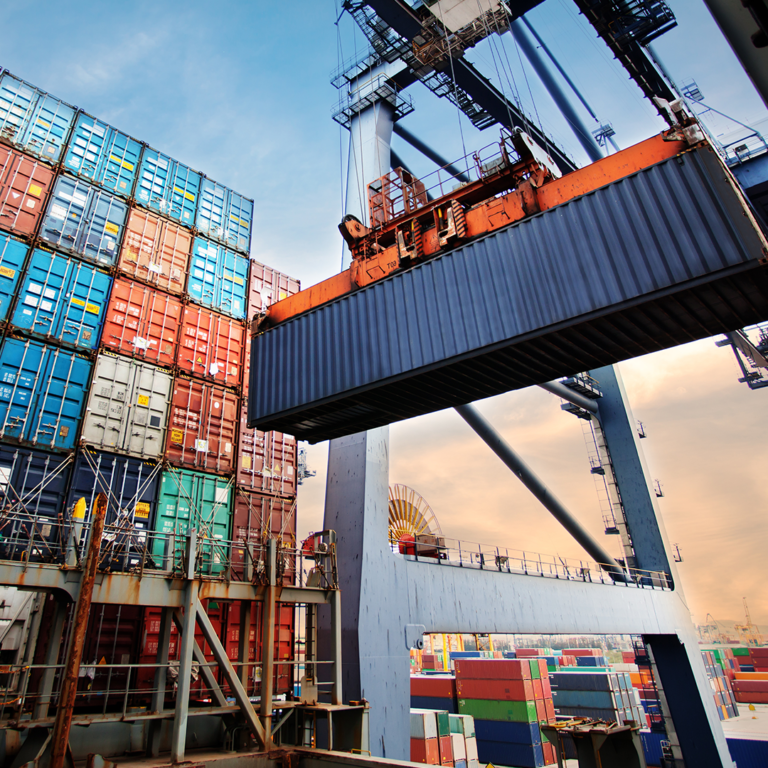Ever wondered how your product gets delivered to your doorstep? It takes a lengthy process and hands-on hauling of containers from ships and ports. Every day, thousands of containers are transferred from the port to container ships, traveling through different parts of the world and those container ships take in a lot of weight from the containers they are carrying. But, what are container ships? And how can they withstand all that weight from the containers? In this article, we will be talking about the anatomy and variety of container ship details, sizes, specifics-to give you the proper knowledge if you are curious or starting a business in the supply chain industry.
What are Container Ships?

Coming from the name itself, container ships are vessels structured specifically for the purpose of carrying huge quantities of products from different types of containers.
The most common and reliable method of hauling a variety of goods is done through container ships. The creation of these ships has made it easier to transfer towering tons of cargo from one place to another, changing global trade efficiently.
Container ships are the ships that carry most seagoing non-bulk cargoes to different parts of the world. In today’s world, they carry more than 90% of the entire world’s cargo. The main method of carrying that cargo is through container vessels. They are mostly standardized so that they are flexible and easily transferred from one mode of transport to another.
History of Container Ships
The development of cargo ships has been one of the most remarkable inventions in the maritime shipping industry. It has revolutionized the manner of delivering and ferrying cargo shipments throughout the world, adding insurance and safety over the items inside.
The first models of container ships were created during the 1950s and were mainly designed to ferry goods and train cars. Over the years, the use of technology has made maritime shipping significantly easier through evolved crane systems and specialized cargo systems to secure containers firmly in their places.
Types of Container Ships
Container ships have been in the sea since the 1950s and their development can be seen throughout the years. It can be classified into the generations they were built in which are:
First Generation – 1956 TO 1970
Second Generation – 1970 TO 1980
Third Generation – 1980 TO 1988
Fourth Generation – 1988 TO 2000
Fifth Generation – 2000 TO 2005
Sixth Generation – 2006 TO TILL DATE
They are also classified from their different specifications such as handling, ship sizes, and service ranges. Here are some examples of it:
Container Ships: Handling
1. LoLo Container Ships
LoLo or Lift-on/Load-off vessels are container ships that are equipped with their own cranes in lifting their own cargo, instead of using one from the port.
They can easily do the job without assistance coming from port cranes, minimizing the work needed.
2. ROCON Container Ships
ROCONs are ro-ro (roll-on/roll-off) vessels that also carry containers. The only difference is that arrangements can be made for containers to be loaded on the ship deck or a separate and specific loading deck for loading containers.
Container Ships: Sizes
Containers can also be classified based on their sizes. Here are examples of it:
1. Panamax
Panamax size vessels were first introduced in 1980.
These vessels were of around 4000-5000 TEUs.
Their names are taken from the Panama Canal and their dimensions are designed to cross the same canal.
They were limited to the max length of 294.1m, breadth of 32.3m, and max draught of 12m, which was par in comparison to the dimensions of the canal.
2. Suezmax
Suezmax max size vessels were introduced in relation to the Suez canal. These vessels have nearly the same size as that of the Suez canal.
Suezmax vessels have a carrying capacity of around 12000 TEUs, with Breadth about 50-57 m and draught in between 14.4m-16.4m.
3. Post-Panamax
A new transportation net was introduced by APL without using the Panama Canal. This created the ‘Post-Panamax’ type.
The introduction of Regina Mærsk in 1996 created a new development in the container ship market with an official capacity of 6400 TEU.
Post-Panamax development was climactic. In the present world, they occupy nearly 30% of the world’s fleet. These vessels introduced methods and ideas to companies in relation to the container shipping market.
The concept of cellular container vessels was introduced. Wherein the cell guides ran from the bottom of the hold to some tiers above the deck. This concept greatly reduced the need for buying additional materials for securing containers along with improving the speed of loading and discharging of containers.
4. Post-Suezmax
These Ultra-large vessels are built to carry a total carrying capacity of 18000 TEU with a breadth of 60m 21m max draught
These vessels have the name of Post Suezmax as their dimensions are too big to go past the Suez Canal.
5. Post-Malaccamax
This size emulates the maximum permissible draught of 21m of Malacca Strait.
This vessel can only dock in two ports ie., Singapore and Rotterdam due to its sheer size as port officials need to prepare and get ready for docking.
Container Ships: Service Range
1. Feeder Ship
These ships are designed for short distances between delivery and receiving. Basically, the voyages are not longer than 500nm and they trade in the coastal areas only.
The Capacity of such vessels does not exceed 1500TEU.
2. Mother Ship
These are the vessels that are on international trade.
Details of the ship are twice as large and many compared to the feeder ship.
Conclusion
Container vessels represent a majority in terms of the packaged cargo ferried across the world. On account of the demand for technology and product development towards manufacturers and retailers, advancements of processes, design, and sizes of container vessels will also flourish in the coming days.
Here at Dash Cargo, we take every step as a priority to ensure that your products are secured and transported efficiently. With our Sea Freight Services, we are capable of handling all your cargo loads with any shipping lines your containers are loaded onto. Our knowledge and expertise in the field allow us to accurately recommend the right type of container (plug – shipping container dimensions hyperlink) for you to fit all your goods while maximizing costs and container space.
We remain in constant close contact with the shipping companies, streamlining all information flow and keeping you up to date with your items’ shipment statuses. From the moment the container departs from the origin, all the way to arrival and delivery, Dash Cargo gives you assurance and the utmost peace of mind in delivering your items.



